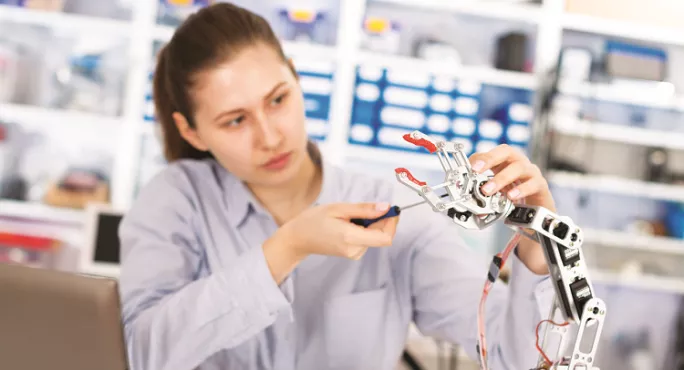Beyond the success of Singapore and the UK’s stagnation, today’s Programme for International Student Assessment (Pisa) study contains hundreds of pages of analysis on education in the 72 countries that participate in the tests for 15-year-olds.
Pisa 2015 focused on science. Here are some of the most interesting findings away from the headline rankings:
- Almost 5 per cent (4.9 per cent) of the top performing pupils in science were from the UK, which had the sixth-highest proportion of top performers in the study.
- Singapore had the largest share of 15-year-olds performing at the highest level (24.2 per cent) - but because it is such a small country, less than 1 per cent of the world’s top performers in science came from the city. The US had 21.7 per cent of the world’s top performers in science, followed by the Chinese provinces of Beijing, Shanghai, Jiangsu and Guangdong (13.1 per cent).
- Finland was the only country in which girls were more likely to be top performers in science than boys. There were 33 countries in which boys were more likely to be top performers than girls. In the other countries, performance of the genders was balanced.
- The poorest pupils across developed Organisation for Economic Cooperation and Development countries were almost three times more likely not to attain basic proficiency in science than advantaged students. But about 29 per cent of disadvantaged students beat the odds and performed at high levels.
- Pupils’ socio-economic background was more closely linked to their performance in some countries than in others. In Singapore, for example, poor students were more than four times more likely not to reach the basic proficiency in science than their advantaged peers, but in the UK they were just over twice as likely to fail to reach the basic level. France was the European country which had the highest likelihood of low performance - poor pupils in France were 3.85 times more likely to be below the basic level than their advantaged pupils.
- One in five UK students (20.1 per cent) said they visited websites about science topics regularly, more than the 17.7 per cent who watched television programmes about science. On average, students in OECD countries were more likely to watch TV programmes about science (23 per cent) than visit websites (19 per cent).
- One in four students globally (25 per cent of boys and 24 per cent of girls) said that they expected to work in a science-related occupation. In the UK, that rose to 28.7 per cent of boys and 29.6 per cent of girls.
- But the type of work differed: 17 per cent of UK boys expected to be working as a science or engineering professional, compared with 8.4 per cent of girls. Whereas 20.4 per cent of UK girls expected to work as a health professional, compared with 6.8 per cent of boys. And just 0.5 per cent of UK girls wants to work in IT, compared with 4.7 per cent of boys.
Want to keep up with the latest education news and opinion? Follow TES on Twitter and like TES on Facebook




